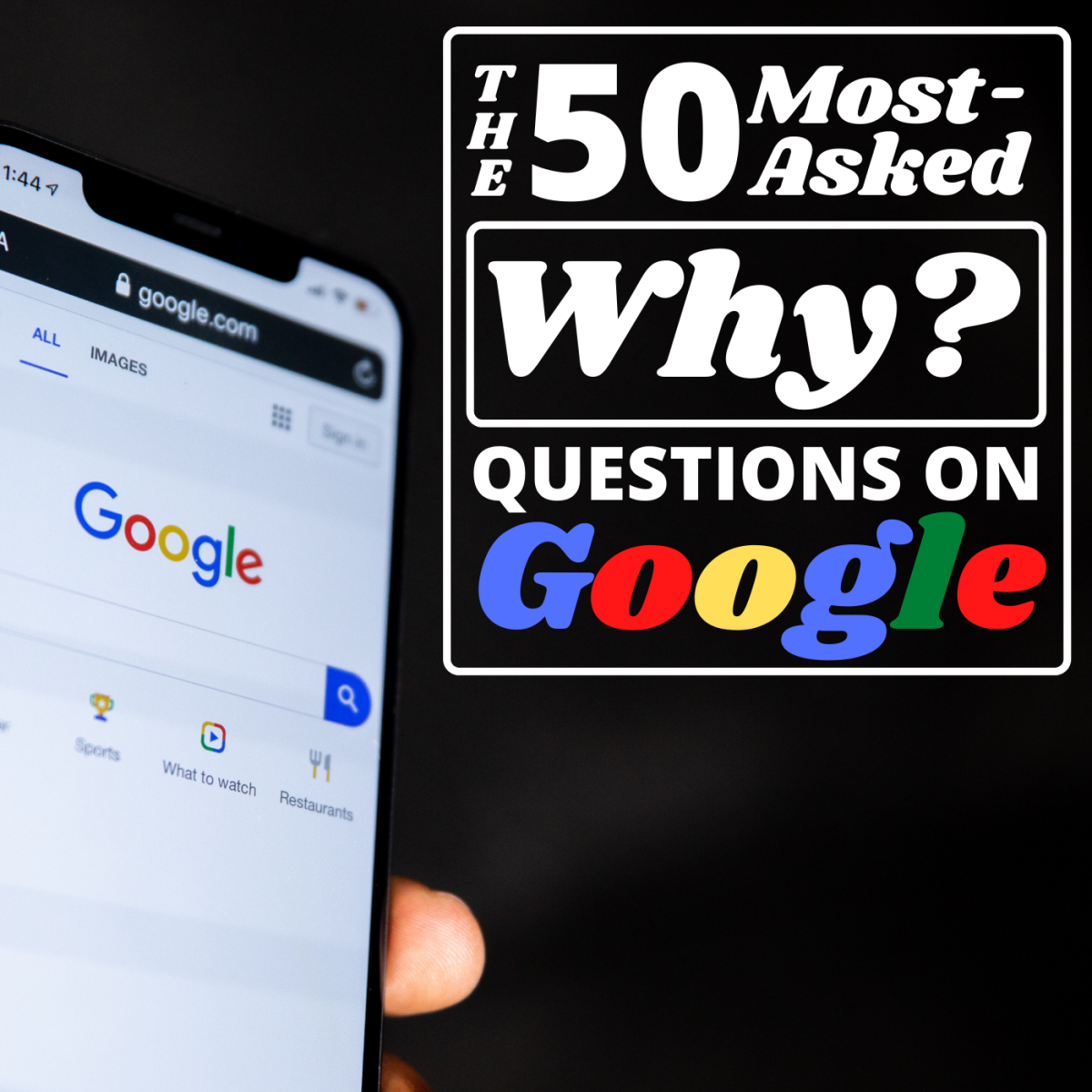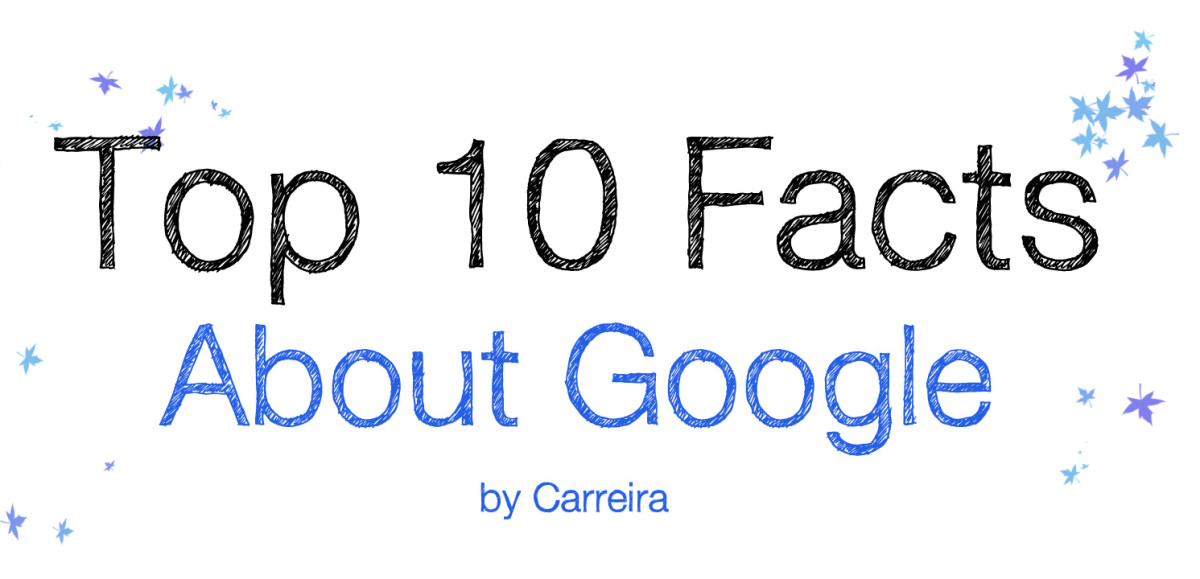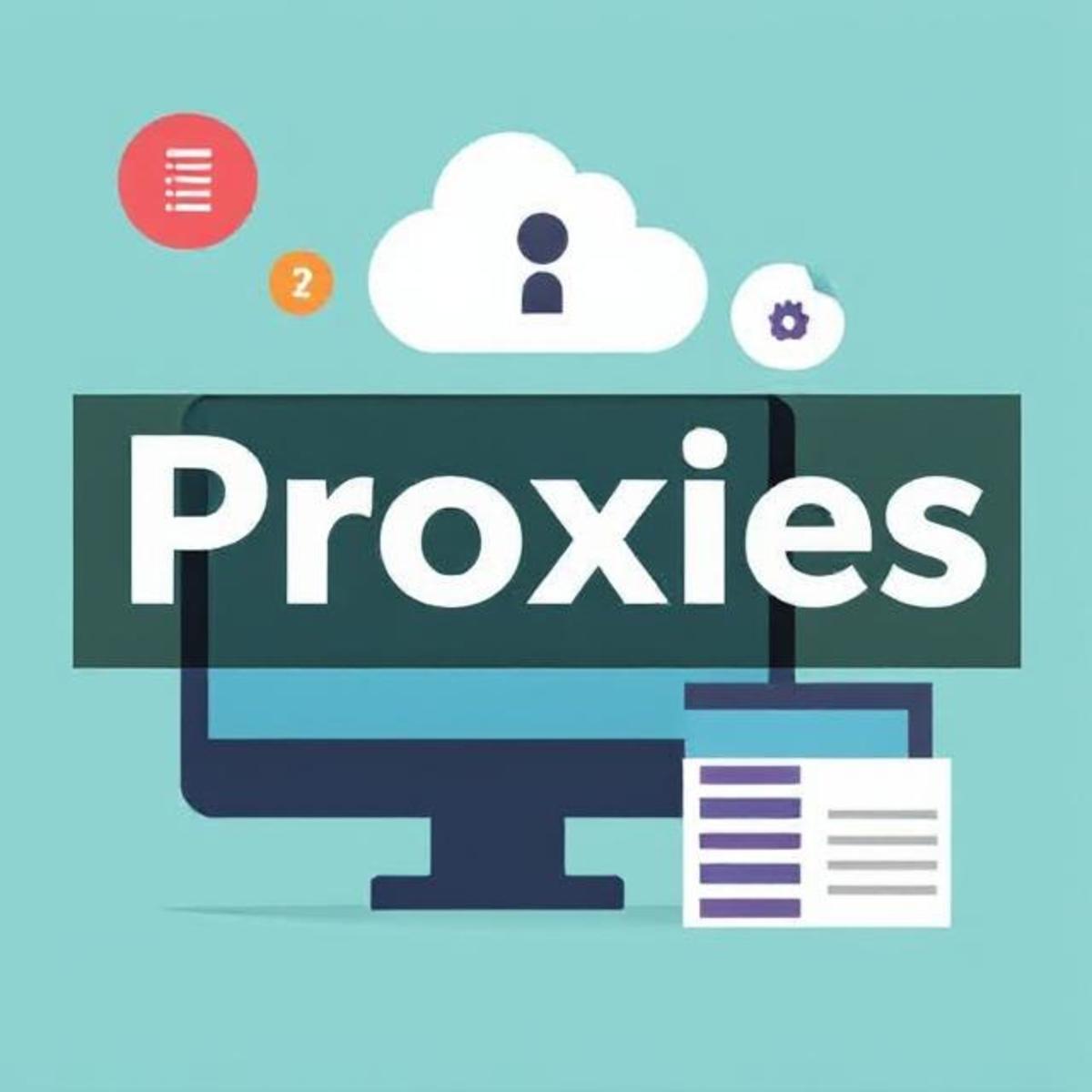- HubPages»
- Technology»
- Internet & the Web»
- Search Engines
5 SEO Tips for Ranking High on Google

Everyone wants to be number one on Google, but with the billions of sites out there, how can anyone compete? Google ranks sites by relevance given a search phrase, and even though the specific algorithm is secret and ever-changing, there are a number of factors that will help your site climb its way to page one.
1. Content
Anyone with search engine optimization experience will tell you content is king. One of the ways search engine spiders judge relevancy is by looking at the rate various words or phrases appear and where they appear. This is why Flash sites or sites with just images are notoriously bad for SEO--the spiders only see HTML code. When you do include images, make sure to fill out the <alt> tags with descriptive phrases that include your key words.
Google also likes new content. If a sites been stagnate for years, the likelihood is its going to rank less well than a site that’s updating every day, or even every few weeks. So keep adding and updating content: start a blog, add a twitter feed--the options are numerous.
2. Meta Tags
Meta tags are the tags that go in your <header> and control the web page title, description and keywords. Although how much the keyword meta tags are taken into account is widely debated, the title and description tags are indispensable.
The title tag should be descriptive of your site and also include you most desired search phrase. Most search engines limit the title length to 60-70 characters, so be careful not to overfill your title.
The description tag is the little blurb visitors will see in a search engine below the link. This should introduce people to what your site is about and also include your most desired search phrases. Search engines generally limit this to 150-160 characters.
3. Header Tags
Header tags, such as h1, h2, h3, etc, are not just handy design elements. Search engines weigh the content of header tags much more heavily than p tags or other tags. Aim to have one h1 tag with your most important key words per page, then use the h2 and/or h3 tags to section out the rest of your content appropriately again highlighting key phrases.
Similarly the <strong> tag is weighted more heavily by many search engines so use it to pick out a handful of phrases on each page.
But with all of these tags it's important to not overdo it. Bolding everything or putting everything in <h1> tags is just as bad as not using them at all. Keyword stuffing or bolding every other word not only will alert Google that you’re up to some shenanigans, it will also scare away your visitors. Use tags appropriately and pick only one or two key phrases to focus on per page.
4. Valid HTML
Valid HTML is not only good practice but will also help boost your ranking. Sites with poor coding are penalized by search engines. You can validate your code on W3C simply by plugging in your URL or uploading a file.
5. Backlinks
Content is not the only part of the equation. Search engines also figure out site relevance by looking at who is linking back to you. Post a link from your Facebook or twitter page, ask friends to link to you, and submit your site to directories such as dmoz.org. Join in conversations on your favorite blogs or forums with a link in your signature (but don’t spam!). Using your key phrase as the link anchor text will further optimize your site for your desired search phrase. Anchor text is the text that links back to your site, for example in the link
<a href=”http://www.mysite.com”>paper cranes</a>
the anchor text is “paper cranes”.
Backlinking can be a slow and time consuming process, but once you get a steady trickle of visitors, your backlinks can explode if you focus on tip #1--content. With quality content that people want to share, your visitors will start doing your backlinking for you!
Again, it is important here not to overdo it. Focusing on quality of links over quantity is going to get you the best long-term results. A spike of 1000 backlinks in one day from spamming blogs and link farms might get you to #1 for a day or two, but as soon as Google catches on they will bury your site as far as they can, and it’s going to be a rough climb back up.
Getting to #1 on Google may seem like a daunting or even impossible task. But with these tips hopefully the process will become a little more feasible. Just remember to choose your keywords wisely (it helps if you’re not competing against Amazon or Wikipedia!) and be patient--it can take weeks to months for SEO efforts to pay off.
See Also:
- 11 Tips for a Usable Web Design
While content may be king in a successful website, usability has to be queen. You may have the best content out there with a gorgeous design and a page ranking to envy, but if your visitors cant navigate...









